What are the disadvantages of Biofloc fish farming?
Facing issues with your fish farm's efficiency? Biofloc seems promising, but its operational challenges can be overwhelming, potentially leading to significant losses if you're not prepared for them.
The main disadvantages of biofloc fish farming include high initial setup costs, the need for constant electricity, and a steep learning curve requiring deep knowledge of water chemistry and microbiology.
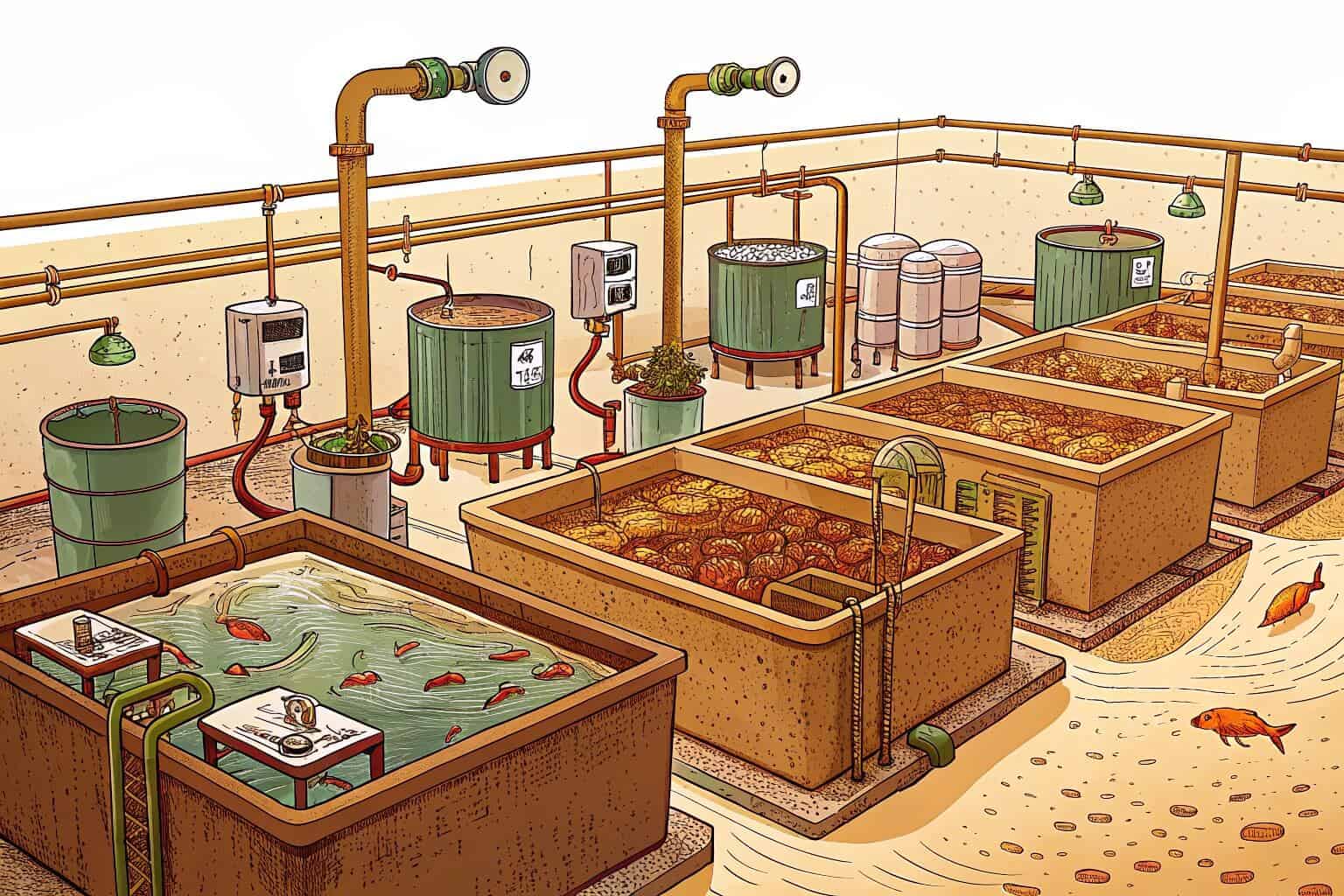
While the promise of a self-sustaining ecosystem is alluring, I've learned that the reality is far more complex. It's not just about setting up a tank and letting microbes do the work. There are specific challenges you need to be aware of before you dive in. Let's break down what those challenges are.
What are the disadvantages of biofloc technology?
Thinking biofloc is a simple, green solution? The technology's sensitivity to small changes can quickly turn your thriving ecosystem into a toxic environment, threatening your entire stock.
Biofloc technology's main disadvantages are its technical complexity, high energy consumption for aeration, and the difficulty in controlling microbial balance. A small mistake can lead to system-wide failure, making it a high-risk method.
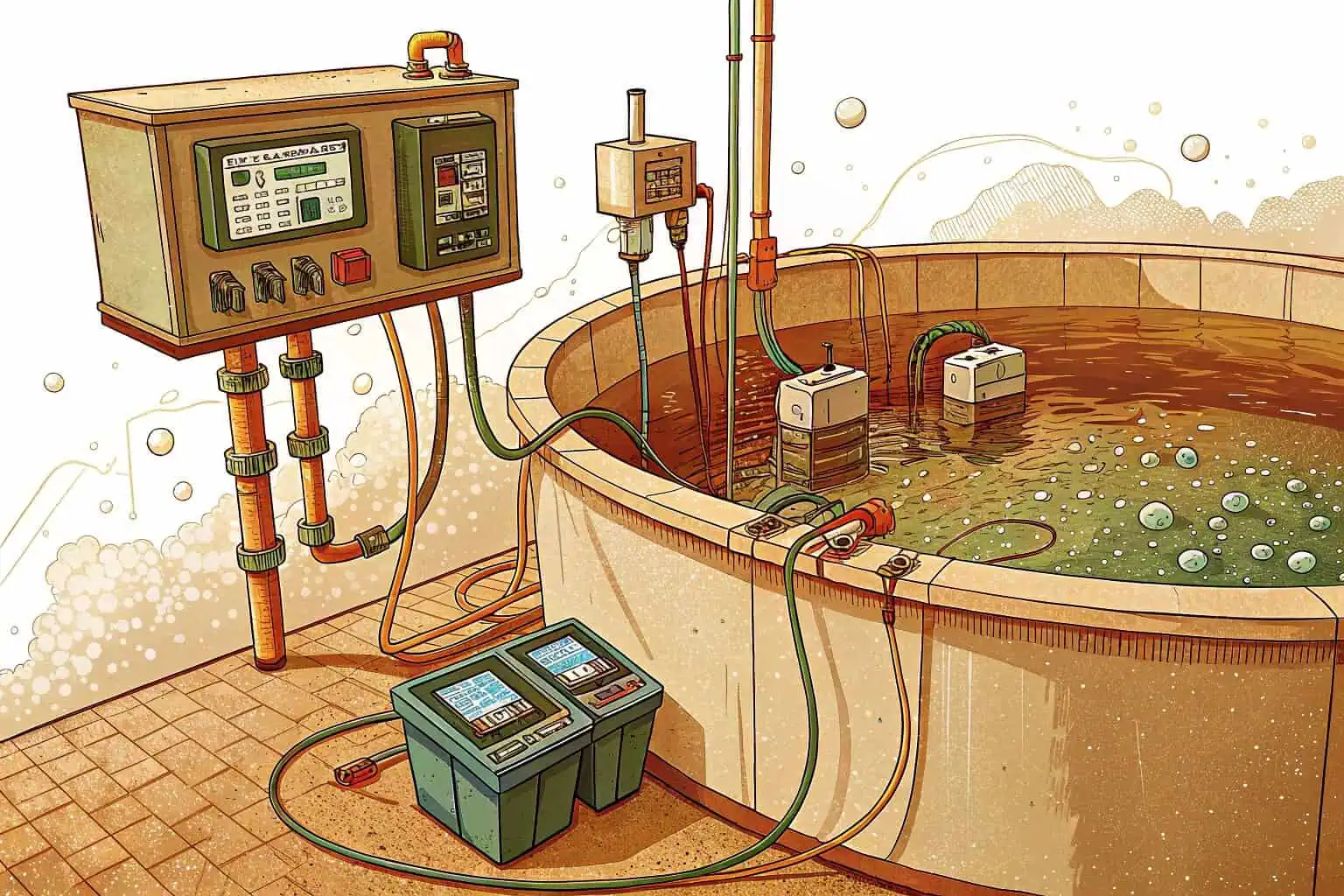
From my experience, managing a biofloc system1 feels more like being a lab technician than a traditional farmer. You're constantly monitoring and adjusting. The system's success hinges on a delicate balance that is easy to disrupt. As someone who has spent years in the aquaculture industry, I can tell you that this technology is both promising and demanding. It forces you to think about farming in a completely new way, focusing on microbiology2 as much as fish husbandry. The potential for high yields is there, but it comes with a significant learning curve and operational risks that can't be ignored.
The Constant Need for Power
One of the biggest operational costs is electricity. The system requires non-stop aeration to keep the microbial flocs suspended and to provide enough oxygen for the fish. A power outage of just a few hours can be catastrophic, leading to mass mortality. This reliance makes it less viable in areas with unstable power grids3, which is a serious consideration for many farmers I know.
Mastering Microbial Science
You also have to understand the C/N (Carbon-to-Nitrogen) ratio. Getting this wrong can lead to the growth of harmful bacteria or the production of toxic ammonia. It's a continuous learning process that requires patience and precision.
| Challenge | Description | Impact on Farm |
|---|---|---|
| Energy Dependence4 | Requires 24/7 aeration and water circulation. | High operational costs; risk of total loss from power failure. |
| Water Quality5 | Needs constant monitoring of pH, ammonia, nitrite, and alkalinity. | Small errors can crash the system and kill fish stock. |
| Technical Skill | Demands knowledge of microbiology and water chemistry. | Steep learning curve; not suitable for beginners without training. |
This isn't to scare you off, but to prepare you. Success requires dedication and a willingness to get deep into the science of it.
What are the disadvantages of farm raised fish?
Do you find customers questioning your farm-raised fish? The perception of farmed fish being unnatural or unhealthy is a major hurdle for many producers in the aquaculture industry.
Farm-raised fish often face criticism for potential disadvantages like a higher risk of disease in dense populations, a less diverse diet affecting flavor, and the environmental impact of waste discharge.
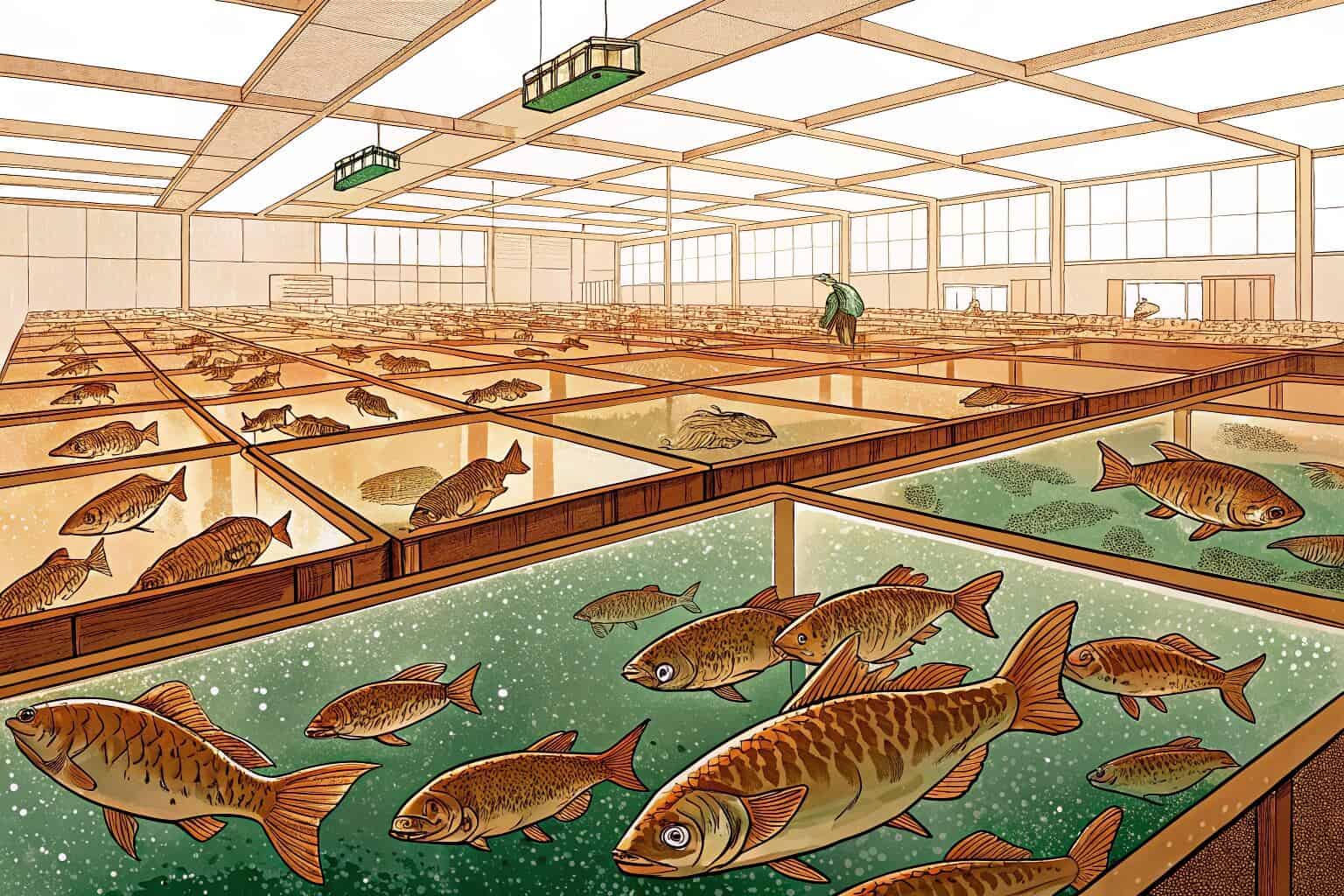
I've been in the fish farming business for a long time, and the "wild vs. farmed" debate is always present. While farming is essential to meet global demand, it's not without its problems. These issues are what push innovators to develop systems like biofloc6. My goal has always been to produce high-quality fish in a sustainable way7, and that means confronting these disadvantages head-on. It's about being transparent with consumers and constantly seeking better methods that address their concerns about health and the environment, which is why I became interested in alternative systems in the first place.
Disease and Density
When you raise fish in high densities8, like in many traditional farms, the risk of disease spreading rapidly is very high. This often leads to the use of antibiotics, which consumers are increasingly wary of. It's a constant battle to maintain a healthy environment.
Diet and Quality
The taste and nutritional profile of a fish are heavily influenced by its diet. In many farms, fish are fed standardized pellets. This can result in a less complex flavor compared to their wild counterparts.
| Issue | Traditional Farming | Biofloc's Approach |
|---|---|---|
| Waste Management9 | Waste is often discharged, polluting nearby waters. | Waste is recycled within the system as microbial protein. |
| Disease Control10 | Higher risk due to water exchange; may use antibiotics. | Lower risk in a closed system; probiotics can help. |
| Feed Source | Relies entirely on external feed pellets. | Fish consume both pellets and protein-rich flocs. |
So, while farm-raised fish have their disadvantages, systems like biofloc are trying to solve them. However, as we've seen, biofloc introduces its own unique set of challenges. It's a trade-off.
What are the advantages of biofloc fish farming?
Are high land and water costs holding your fish farm back? Expanding your aquaculture business can seem impossible when resources are scarce, limiting your potential for growth and profit.
The main advantages of biofloc fish farming are its high productivity in small areas, reduced water consumption due to minimal water exchange, and improved feed conversion ratio as fish consume microbial flocs.
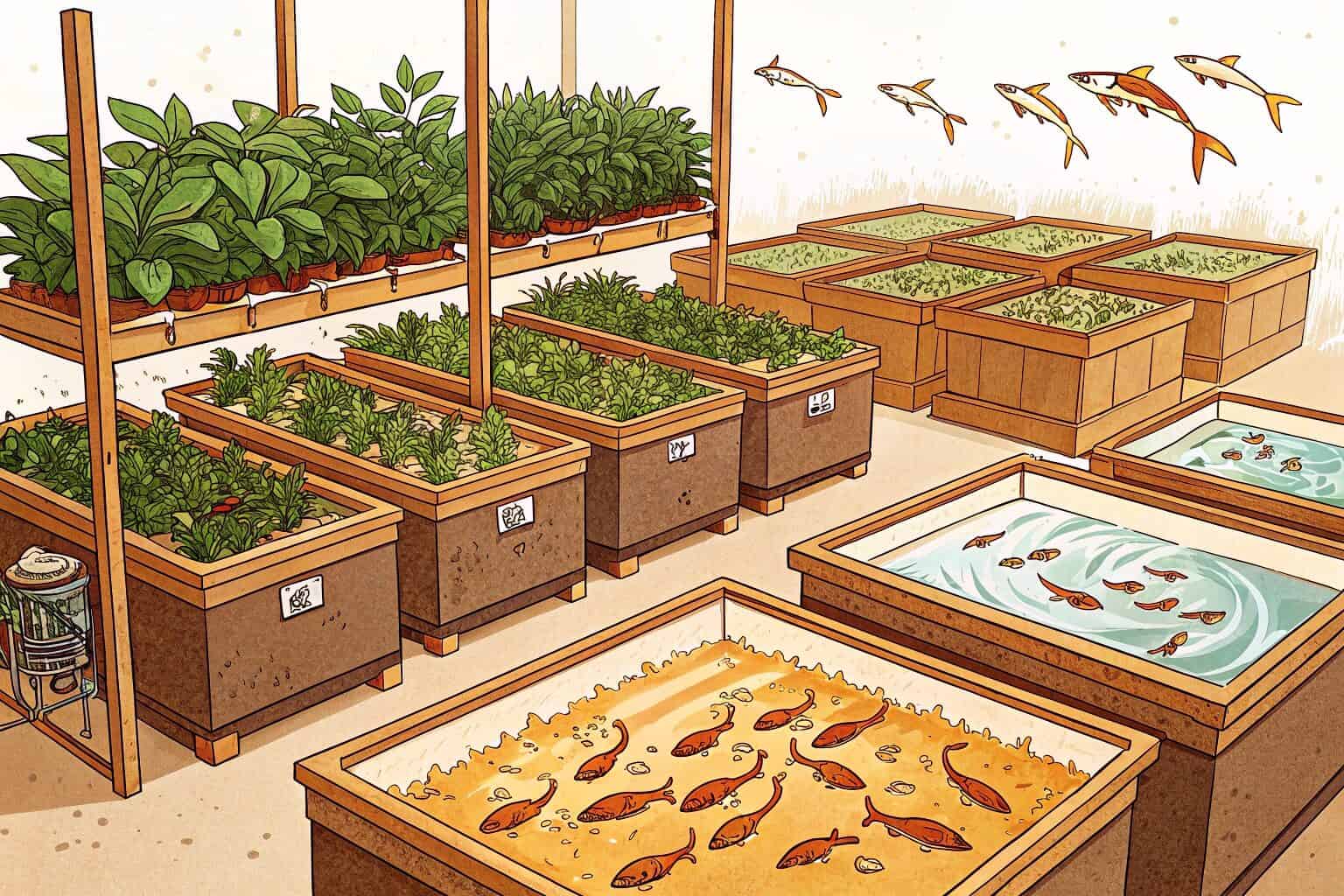
After discussing the challenges, it's only fair to talk about why I was so interested in biofloc11 in the first place. The potential benefits are huge, especially if you can master the technical side. It's about doing more with less. For me, the idea of creating a high-yield farm12 on a small plot of land was incredibly appealing. It represented a path to a more sustainable and profitable business, one that could thrive even with limited access to traditional resources like vast amounts of fresh water. This potential is what keeps me invested in perfecting the technique.
Higher Stocking Density
Because the system actively manages waste, you can raise far more fish in the same amount of space. The microbes break down toxic ammonia, which is usually the limiting factor in how many fish you can keep. This intensification is a game-changer for urban or land-scarce farming13.
Saving Water and Feed
In traditional systems, I was constantly exchanging water to remove waste. With biofloc, you reuse the water for months, only topping it up to account for evaporation. The fish also eat the protein-rich flocs, which means I spend less on expensive feed.
| Advantage | Description | Impact on Farm |
|---|---|---|
| Water Conservation14 | Closed-loop system requires almost zero water exchange. | Drastically reduces water usage and costs; viable in dry areas. |
| Improved Feed Ratio15 | Fish eat microbial flocs, supplementing their diet. | Lowers feed costs and improves the feed conversion ratio (FCR). |
| Biosecurity | Limited water exchange reduces the risk of introducing pathogens. | Creates a more controlled, biosecure environment for fish health. |
These advantages show that if you can handle the complexity, biofloc offers a highly efficient and sustainable way to farm fish.
Which fish grow faster in biofloc?
Ready to start your biofloc farm but unsure which fish to choose? Picking a species that can't handle the dense, microbe-rich water will waste your time and investment.
Fish species that grow faster in biofloc are typically those that can tolerate high stocking densities and benefit from consuming microbial flocs. Tilapia and shrimp are the most successful choices.
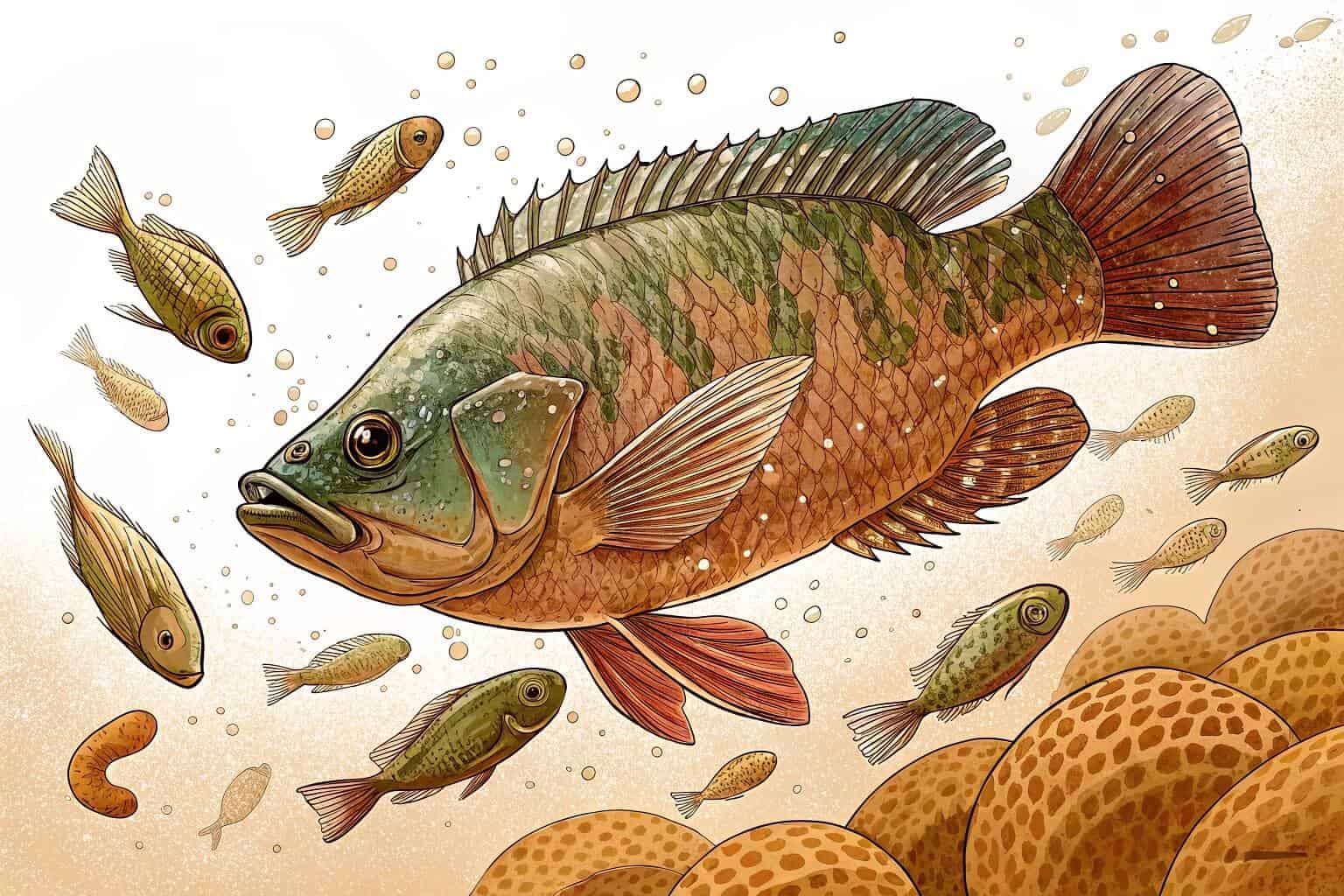
Not all fish are created equal, especially when it comes to a biofloc system16. The environment is very specific: turbid water, high density, and a different kind of available food. I learned quickly that species selection17 is critical for success. My first attempts involved species that were popular locally but not suited for biofloc, and the results were disappointing. It taught me a valuable lesson: the technology and the biology must work together. You can't force a fish to thrive in an environment it's not built for, no matter how advanced the system is.
Why Tilapia and Shrimp Dominate
Tilapia are incredibly hardy. They can tolerate a wide range of water quality conditions18 and are omnivores, so they actively graze on the biofloc particles. This makes them perfectly suited for the system. Similarly, shrimp are bottom-dwellers that naturally filter feed, so they thrive by consuming the nutrient-rich flocs that settle.
Other Potential Candidates
While tilapia and shrimp are the stars, other species have shown promise. Catfish, carp, and even some types of perch can adapt well. The key is that the species must be tolerant of murky water and able to benefit from the supplemental protein.
| Species | Suitability | Key Characteristics |
|---|---|---|
| Tilapia19 | Excellent | Hardy, omnivorous, actively consumes flocs, fast growth. |
| Shrimp20 | Excellent | Natural filter-feeders, thrive on floc nutrients. |
| Catfish | Good | Tolerant of high density, can adapt to the environment. |
| Trout/Salmon | Poor | Require clear, cold, highly oxygenated water; not suitable. |
Choosing the right species is the first step to a profitable biofloc venture. It aligns the biology of the fish with the technology of the system.
Conclusion
In conclusion, biofloc offers incredible efficiency but demands high technical skill and investment. Success depends on balancing its powerful advantages against its significant operational challenges and choosing the right species.
-
Explore this link to understand the innovative biofloc system, its benefits, and how it revolutionizes aquaculture practices. ↩
-
Discover the crucial role of microbiology in aquaculture, enhancing fish health and yield through scientific insights. ↩
-
Exploring this topic can help farmers identify risks and develop strategies to mitigate power-related challenges. ↩
-
Understanding energy dependence is crucial for managing operational costs and preventing losses in aquaculture. ↩
-
Exploring water quality's impact can help ensure healthy fish stocks and a successful aquaculture operation. ↩
-
Explore this link to understand how biofloc technology can enhance sustainability and efficiency in fish farming. ↩
-
Discover effective strategies for sustainable fish farming that can help you meet consumer demands and environmental standards. ↩
-
Understanding the impact of high-density fish farming can help consumers make informed choices about seafood. ↩
-
Understanding waste management in aquaculture can enhance sustainability and reduce environmental impact. ↩
-
Exploring disease control methods can improve fish health and reduce reliance on antibiotics. ↩
-
Explore the benefits of biofloc farming to understand its potential for sustainable and profitable agriculture. ↩
-
Learn strategies for establishing a high-yield farm, maximizing productivity even in limited spaces. ↩
-
Exploring urban farming benefits can inspire innovative solutions for sustainable agriculture in limited spaces. ↩
-
Exploring this link will provide insights into how water conservation can enhance sustainability in aquaculture. ↩
-
This resource will help you understand the significance of feed ratios in optimizing fish farming operations. ↩
-
Exploring biofloc systems can provide insights into innovative aquaculture practices that enhance fish farming efficiency. ↩
-
Understanding species selection is crucial for optimizing biofloc systems, ensuring better growth and sustainability. ↩
-
Understanding water quality is crucial for successful aquaculture, ensuring healthy growth for species like tilapia and shrimp. ↩
-
Explore the advantages of Tilapia in aquaculture, including their hardiness and fast growth, to enhance your farming practices. ↩
-
Learn about shrimp's role as natural filter-feeders and their benefits in aquaculture systems for better nutrient management. ↩